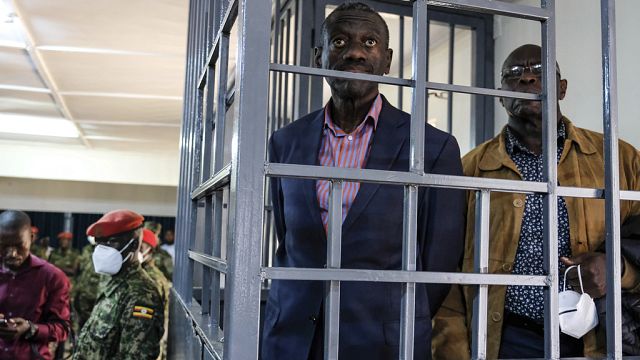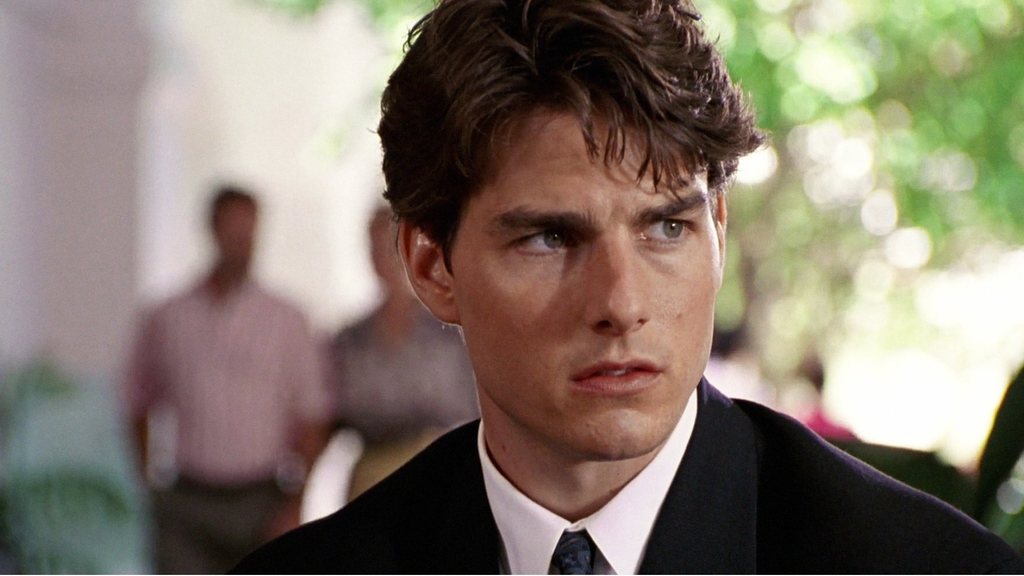Iran’s Best-Protected Nuclear Site Is Deep Underground


Only the U.S. military has the 30,000-pound bomb capable of reaching the facility and the bomber that can carry it. Iran’s most heavily fortified nuclear site, Fordo, was built deep inside a mountain to protect it from an attack. Only the U.S. military has the 30,000-pound bomb capable of even reaching it. The bomb is commonly known as a “bunker buster” because it is designed to destroy deep underground bunkers, or well-buried weapons in highly protected facilities. It is believed to be the only air-delivered weapon that would have a chance of destroying the site. The bomb has a much thicker steel case and contains a smaller amount of explosives than similarly sized general-purpose bombs. The heavy casings allow the munition to stay intact as it punches through soil, rock or concrete before detonating. Its size — 20 feet long and 30,000 pounds — means that only the American B-2 stealth bomber can carry it. Conventional wisdom has been that Israel can’t destroy Fordo on its own. The United States has blocked Israel from getting the bunker buster, and while Israel has fighter jets, it has not developed heavy bombers capable of carrying the weapon. But Israel can come close by hitting more accessible power generation and transmission plants that help run the facility, which contains Iran’s most advanced centrifuges, military officials said. In conjunction with Israel’s aerial bombardment of Iran, going after the Fordo-adjacent plants could significantly slow down the ability of Iran’s most protected nuclear facility to keep enriching uranium. The Israel Defense Forces and covert operatives could also look for other ways to disable the site, including destroying the entrance to it. Attacking Fordo is central to any effort to destroy Iran’s ability to make nuclear weapons. In March 2023, the International Atomic Energy Agency reported that it had discovered uranium that had been enriched to 83.7 percent purity in Fordo — close to the enrichment level, 90 percent, necessary for nuclear weapons. Iran, which is a signatory to the Nuclear Nonproliferation Treaty, has maintained that its nuclear program is for peaceful purposes. The U.S. Air Force is moving refueling tankers, aircraft and additional warplanes to support any additional American operations in the Middle East, U.S. officials said. But President Trump has not, at the moment, moved to reverse years of American policy on providing Israel with the bunker buster bombs. “We’ve had a policy for a long time of not providing those to the Israelis because we didn’t want them to use them,” said Gen. Joseph Votel, who was commander of U.S. Central Command during Mr. Trump’s first term. Instead, the United States viewed its bunker buster bomb largely as a deterrent, a national security asset possessed only by America, but not one that, if made available, might encourage Israel to start a war with Iran. Iran built the centrifuge facility at Fordo knowing that it needed to bury it deep to prevent it from being attacked. In 1981, using F-15 and F-16 fighter jets, Israel bombed a nuclear facility near Baghdad as part of its effort to stop Iraq from acquiring nuclear weapons. That facility was above ground. “The Iranians fully understood that the Israelis would try to get inside their programs and they built Fordo inside of a mountain a long time ago to take care of the post-Iraq problem” presented by the 1981 strike, said Vali Nasr, an Iran expert who is a professor at Johns Hopkins University. Over the years, the Israelis have cooked up a variety of plans to attack Fordo in the absence of U.S.-supplied bunker busters. Under one of those plans, which they presented to senior officials in the Obama administration, Israeli helicopters loaded with commandos would fly to the site. The commandos would then fight their way inside the facility, rig it with explosives and blow it up, former U.S. officials said. Israel successfully mounted a similar operation in Syria last year when it destroyed a Hezbollah missile production facility. But Fordo would be a much more dangerous endeavor, military officials said. American officials say now that Israel has gained air supremacy over much of Iran, Israeli attack planes could circle over Fordo and render it inoperable, at least temporarily, but not destroy it. “The Israelis have sprung a lot of clandestine operations lately, but the physics of the problem remain the same,” said Gen. Kenneth F. McKenzie Jr., who was in charge of the Iran war plans when he ran the Pentagon’s Central Command after General Votel. “It remains a very difficult target.” David A. Deptula, a retired three-star Air Force general who planned the American air campaigns in Afghanistan in 2001 and in the 1991 Persian Gulf War, agreed that Israel has options that would not require American help. For example, Israeli special forces “could insert/apply or otherwise use a variety of means to disable the facility,” he said. Yechiel Leiter, Israel’s ambassador to the United States, hinted at those options on Sunday on ABC News’s “This Week.” “We have a number of contingencies, which will enable us to deal with Fordo,” he said. “Not everything is a matter of taking to the skies and bombing from afar.” Even if Mr. Trump were to authorize American B-2 stealth bombers to drop the 30,000-pound bombs, General McKenzie said, there would be several technical, highly classified challenges in coordinating such a strike with Israel. A decision to use the American bunker busters would also have huge international consequences, General Votel said. For one, there could be nuclear contamination from such a bombardment that could endanger civilians. “I think there would also certainly be fallout internationally over the idea that the United States joined Israel in what would be viewed as an illegal attack on the sovereignty of Iran,” General Votel added. And Iran could widen its retaliation to U.S. troops and other American targets in the region and beyond, military analysts say. The United States would be back on war footing in the region. Mr. Trump has made clear that he has little interest in more military misadventures in the region, and he is seeking not to alienate a noninterventionist wing of supporters firmly opposed to more U.S. involvement in a Middle East war. Adam Entous contributed reporting.
What's Your Reaction?
 Like
0
Like
0
 Dislike
0
Dislike
0
 Love
0
Love
0
 Funny
0
Funny
0
 Angry
0
Angry
0
 Sad
0
Sad
0
 Wow
0
Wow
0



































